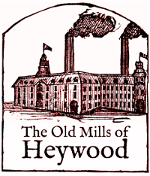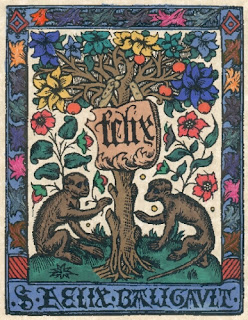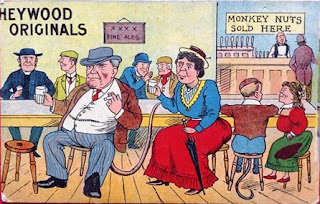Welcome
This is the story of a small, south-east Lancashire town called Heywood. A place that is also rather affectionately (or disparagingly) known as ' Monkey Town ’. On the surface, Heywood might not appear to have as notable a history as its mid-sized neighbours Bury, Middleton and Rochdale. And they in turn do not have the great historical impact of the twin Lancastrian giants of Manchester and Liverpool. Look closer, however, and even in a small town like Heywood you will find connections to most of the major events and epochs in British history - from the Ice Age, the Bronze Age, the Romans, The Danelaw, Medieval England, the Civil Wars, the Industrial Revolution, and the World Wars... connections that show how the big stories of the nation were experienced by ordinary people living in the smaller corners of the country. 'Bamford Hall', Annie Grace Fenton.





